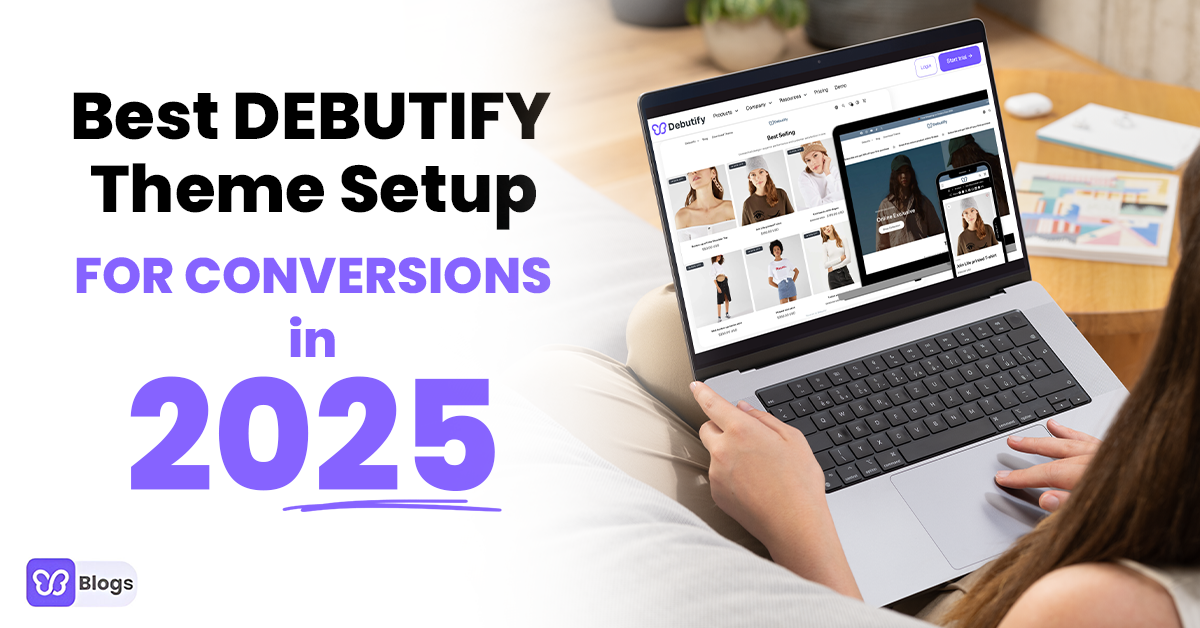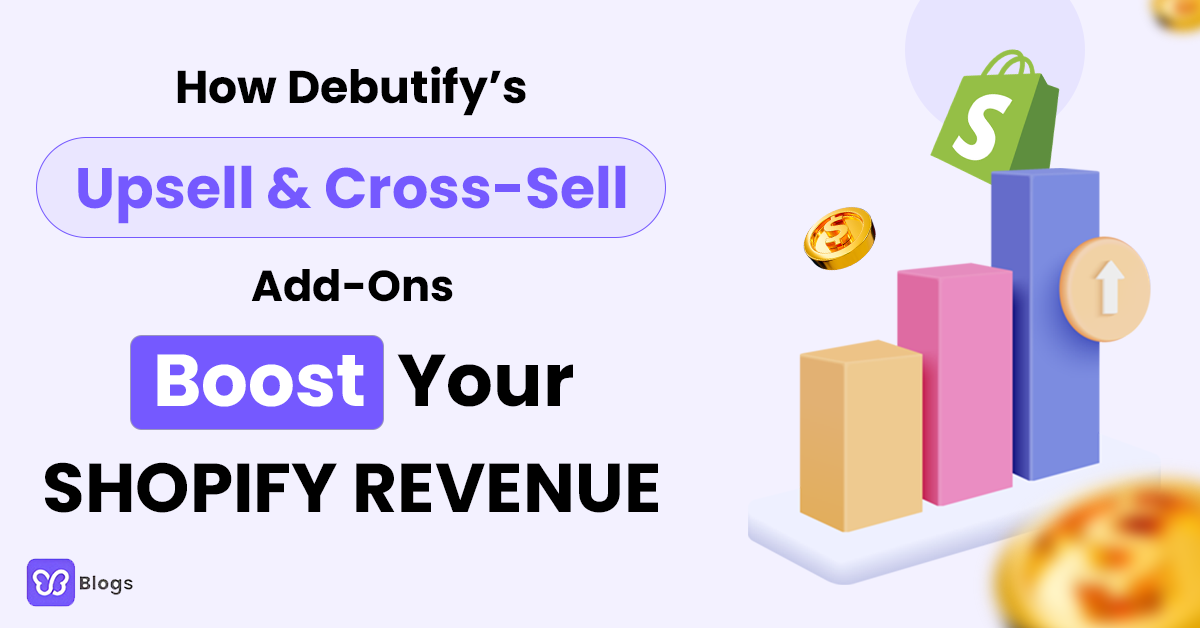Speed. This 5-letter word is a factor that's crucial in both the military and in eCommerce.
In the military, split-second decisions often mean the difference between victory and defeat.
And in eCommerce? It's the same. You don't have forever to make a decision.
Customers change their minds in seconds. Trends shift overnight. And competitors don't wait around.
This is where the OODA Loop steps in.
The OODA Loop is a framework that helps you make smarter, faster decisions. Let's break it down and explore how this strategy applies to eCommerce.

.jpg)



